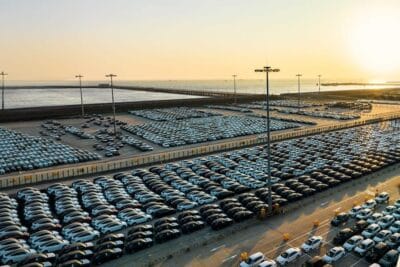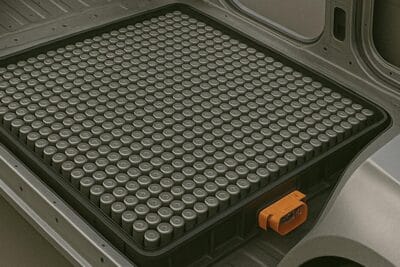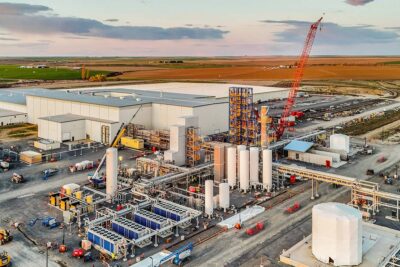Airbus subsidiary AALTO tests Amprius SiCore cells in the stratosphere
In April, Amprius unveiled an improved version of its high-performance SiCore cell, which offers a particularly high energy density of 450 Wh/kg. It is intended for use in e-mobility and aviation. The SiCore cell is equipped with a silicon anode material system developed by Amprius and is expected to offer up to 80 percent more energy than conventional lithium-ion cells with pure graphite anodes. This should provide greater range for electric cars and longer flight times for aircraft and drones.
Amprius has now announced that it has delivered the first SiCore battery cells from its pilot line in Fremont, California, to several customers in the advanced drone and unmanned aerial vehicle (UAV) sector. One of these customers is Airbus subsidiary AALTO, which is developing a solar-powered unmanned aircraft called Zephyr that can be used in the stratosphere at an altitude of over 20 kilometers. This special type of drone is also known as a high-altitude platform or HAPS (short for high-altitude pseudo-satellite or high-altitude platform systems).
For AALTO and other HAPS providers, it is important that the high-altitude platform can remain in the air for as long as possible – ideally for several months. This is why high-performance batteries such as those from Amprius are particularly interesting for AALTO. While a HAPS such as Zephyr flies during the day using solar energy and charges its batteries at the same time, it flies exclusively on battery power at night. The night in the stratosphere can last 10–12 hours, and during this time the battery must supply enough energy to power the engines, onboard electronics, cameras, and communication systems.
Previous lithium-ion cells have been the bottleneck here: the heavier the batteries, the shorter or less efficient the flight. Amprius’ SiCore technology now delivers at least 50 percent more energy density than conventional cells. This enables longer night flights, higher payloads, and greater weather reserves, making continuous operation over months a realistic possibility.
Pierre-Antoine Aubourg, chief technology officer at AALTO, said: “Amprius’ SiCore cells represent a major advancement in energy performance, supporting the ultra-lightweight, long-endurance requirements of our high-altitude operations. Their silicon anode technology has already enabled Zephyr to operate in the stratosphere overnight for months at a time, an unprecedented milestone in persistent flight. We look forward to working with Amprius as we qualify their next-generation cells to power the future of Stratospace innovation.”
Amprius now plans to expand pilot production in Fremont “to meet a strong increase [in demand] from leading drone manufacturers,” says Amprius CEO Dr. Kang Sun. “Shipping our industry-leading SiCore cells to AALTO and other leading drone OEMs marks another key milestone in our commercial scale-up. From high-energy HAPS cells to balanced-performance drone batteries, we’re now delivering solutions that meet a wide range of advanced mission needs.”





0 Comments